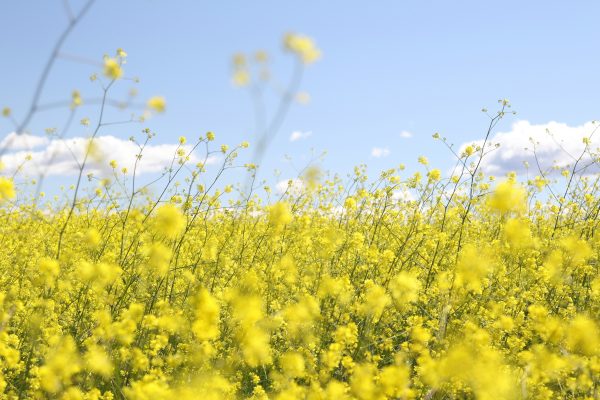As the days grow longer and the nights shorter, the Spring Equinox heralds a period of renewal and rebirth across the globe. This astronomical event, when day and night stand in perfect balance, has been celebrated by various cultures throughout history with rich traditions that symbolize new beginnings. At Diplomatic Language Services, where the exploration of language and culture intertwines, we delve into the vibrant springtime customs from around the world, highlighting the diverse ways communities welcome this season of renewal.
Holi – India
Holi, known as the Festival of Colors, is a jubilant celebration marking the end of winter and the abundance of the upcoming spring harvest season. People gather to play, chase, and color each other with dry powder and colored water. Holi fosters a sense of unity and forgiveness amid the laughter and fun.
Hindi phrases like “Holi Hai” resonate through the air, encapsulating the spirit of joy and celebration. Understanding these expressions offers insight into the cultural fabric of India, where language and festivity intertwine.
Nowruz – Iran and Central Asia
Nowruz, the Persian New Year, coincides with the Spring Equinox and celebrates nature’s renewal. Families prepare by cleaning their homes and setting a Haft-Seen table, symbolizing rebirth, love, patience, and prosperity. Nowruz spreads the message of hope and renewal across cultures.
Iran’s Farsi language enriches this ancient tradition with poetry and prose that reflect the themes of rejuvenation and new life. The greeting “Nowruz Mobarak” bridges language and cultural understanding, wishing everyone a Happy New Year.
Cherry Blossom Festivals – Japan
The arrival of cherry blossoms, or sakura, in Japan is a symbol of the fleeting nature of life. Hanami, the cherry blossom viewing, involves family and friends gathering under blooming sakura trees to enjoy food, drink, and the beauty of the blossoms.
This tradition deeply connects the Japanese language and culture. Phrases like “Sakura no hanami” highlight the importance of appreciating the moment, a concept central to Japanese aesthetics and philosophy.
Easter – Various Countries
Easter, a significant Christian holiday marking the resurrection of Jesus Christ, is celebrated with various customs worldwide, many of which welcome spring. From egg hunts in the United States to the Easter markets in Europe, these traditions are infused with symbols of new life and rebirth.
Language plays a crucial role in Easter traditions, with greetings such as “Happy Easter” in English, “Felices Pascuas” in Spanish, and “Joyeuses Pâques” in French reflecting the widespread celebration of this season of renewal.
Spring Equinox at Chichen Itza – Mexico
In Mexico, the ancient Mayans built the Kukulkan Pyramid at Chichen Itza, which hosts a mesmerizing spectacle during the Spring Equinox. As the sun sets, the shadow of a serpent appears to descend the steps of the pyramid, symbolizing Kukulkan, the feathered serpent god, and the connection between celestial movements and terrestrial life.
Yucatec Maya, the language of the region’s indigenous people, offers a lens through which to understand the profound cultural and spiritual significance of this event, connecting the ancient past with the present.
Conclusion
The Spring Equinox is a time of celebration, reflection, and renewal worldwide. Through the lens of language and culture, these traditions remind us of humanity’s enduring connection to the rhythms of the earth. At DLS, we believe understanding these cultural nuances enriches our language learning journey and fosters a deeper appreciation for the diverse tapestry of human expression. As we embrace the new beginnings this spring, let’s carry forward the spirit of renewal in our pursuit of language and cultural fluency.




